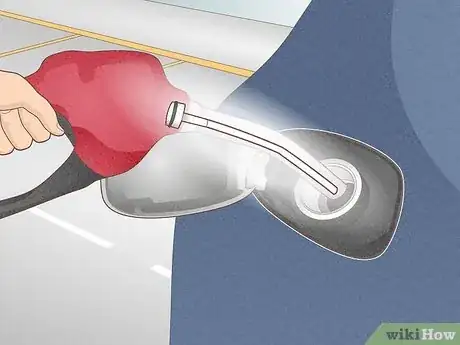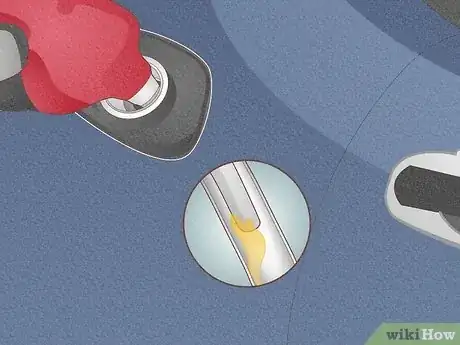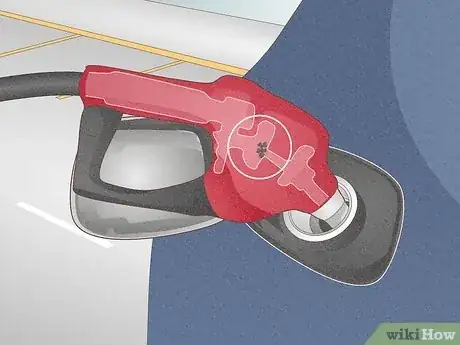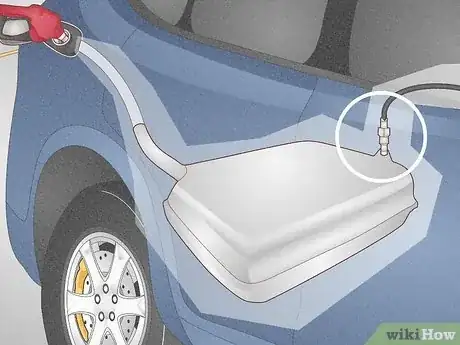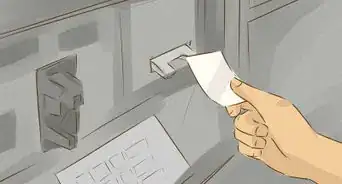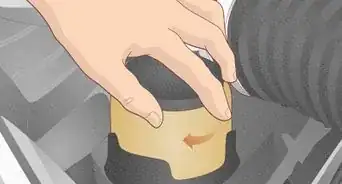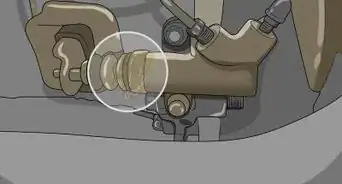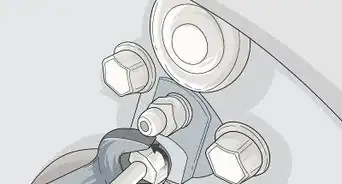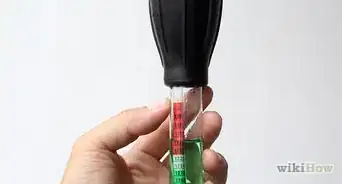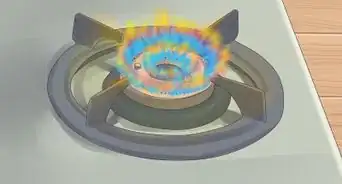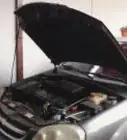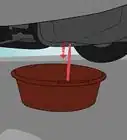This article was co-authored by Duston Maynes and by wikiHow staff writer, Devin McSween. Duston Maynes is an Automotive Repair Specialist at RepairSmith. Duston specializes in leading a team that handles a variety of automotive repairs including replacing spark plugs, front and rear brake pads, fuel pumps, car batteries, alternators, timing belts, and starter motors. Duston holds an Associate’s degree in Automotive/Diesel Technology from The Universal Technical Institute of Arizona and is a Certified Diagnostic Technician and Automobile Mechanics Technician through BMW STEP. RepairSmith received The 2020 Big Innovation Award by Business Intelligence Group and The Startup of the Year by the American Business Awards. RepairSmith was also included in Built in LA’s 50 Startups to Watch and The Business Intelligence Group’s 52 Names Leading the Way in Customer Service. RepairSmith offers in-home services to provide car owners convenient and complete auto repair everywhere.
There are 7 references cited in this article, which can be found at the bottom of the page.
You put gas into your car so often that it’s automatic: the nozzle goes in the tank and then the pump does all the hard work. But as you rest against your car, it hits you: how does a gas pump know when to stop pumping gas? You might be surprised to learn that the answer is much simpler than fancy cameras and sensors! In this article, we’ll go over the mechanics working inside the gas pump that tell it when to stop. Then, we’ll answer why gas pumps sometimes stop pumping before your tank is full and whether you should top off your tank.
Things You Should Know
- A gas pump nozzle contains a venturi tube that sucks in air as gas enters your tank. When gas covers the tube, it triggers a valve to stop gas from pumping.
- A gas pump might stop pumping prematurely if the gas flow is too fast, there’s a mechanical issue with the pump, or your car’s vent lines are damaged.
- Do not top off your gas tank once it’s full. This can damage your onboard refueling vapor recovery (ORVR) or cause gas spills.
Steps
References
- ↑ https://youtu.be/FRYlTF02A7g?t=52
- ↑ https://abcnews.go.com/Technology/story?id=119483&page=1
- ↑ https://youtu.be/FRYlTF02A7g?t=193
- ↑ https://jalopnik.com/this-is-why-the-gas-pump-keeps-shutting-off-on-you-all-1842036809
- ↑ https://vehiclefreak.com/why-does-the-gas-pump-keep-stopping-before-my-tank-is-full/
- ↑ https://youtu.be/A9IqNoF8aCM?t=83
- ↑ https://www.consumerreports.org/car-maintenance/should-you-top-off-your-cars-gas-tank-a1176503026/
